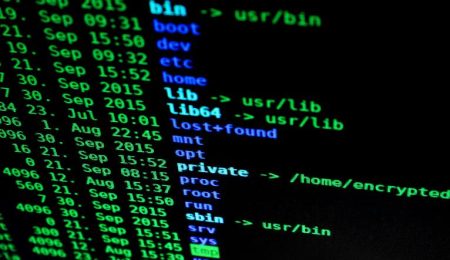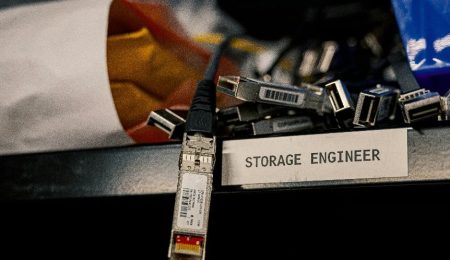- July 16, 2024
- Travel Jiffy
- Cybersecurity
Table of Contents
ToggleThis process not only enhances audit readiness but also streamlines the certification journey for startups. It provides a clear roadmap for aligning existing controls with the stringent SOC 2 standards, making the audit process smoother and more efficient.
By mapping out these control requirements meticulously, startups can proactively prepare for the audit, ensuring that they are well-equipped to showcase their commitment to data security and privacy.
Continuous Monitoring and Improvement
When it comes to SOC 2 compliance, startups need to keep a close eye on risk evaluation practices and maintain proactive compliance measures.
Regular assessments and staying ahead of potential threats are essential to guarantee security measures are up to par.
Risk Evaluation Practices
Continuous monitoring and improvement of risk evaluation practices play an important role in maintaining SOC 2 compliance for startups. To guarantee your startup stays on track with security standards, consider the following key practices:
- Conduct regular risk assessments: Evaluate security controls and pinpoint vulnerabilities to address them promptly.
- Implement continuous monitoring: Keep a close eye on compliance with SOC 2 requirements to catch any deviations early.
- Maintain an updated risk register: Track risks effectively over time, making sure nothing slips through the cracks.
- Proactively improve security measures: Enhance overall compliance and protection by acting on insights gained from risk evaluations.
Proactive Compliance Measures
To maintain SOC 2 compliance for startups, a proactive approach to continuous monitoring and improvement is essential for guaranteeing ongoing adherence to security controls and risk mitigation strategies. By embracing a proactive stance, startups can stay ahead of potential threats and uphold effective security practices.
Continuous monitoring plays a pivotal role in this process, allowing for real-time identification of any security gaps or vulnerabilities that may arise. Regular risk evaluations and audits further aid in pinpointing areas that require attention, enabling swift actions to address any issues promptly.
Implementing a culture of continuous improvement within the organization not only ensures sustained compliance with SOC 2 requirements but also enhances the overall security posture of the startup. It is essential for startups to uphold effective security procedures diligently to safeguard against possible risks or breaches, thereby meeting the stringent standards set by SOC 2.
Building a Compliance Team
Establishing a strong adherence team comprised of members from various departments is essential for startups aiming to achieve SOC 2 alignment. By bringing together experts from IT, security, legal, and adherence departments, startups can ensure thorough coverage and alignment with SOC 2 requirements.
Here are some key steps to build an effective adherence team:
- Define clear roles and responsibilities within the team to streamline communication and guarantee accountability.
- Collaborate across departments to align policies and procedures with SOC 2 requirements, creating a cohesive adherence strategy.
- Engage with team members to document and implement controls based on Trust Services Criteria for effective adherence demonstration.
- Foster a culture of collaboration and transparency within the adherence team to facilitate smooth SOC 2 alignment efforts.
Documenting Policies and Procedures
A thorough documentation of policies and procedures serves as a foundational pillar for startups seeking SOC 2 compliance. By outlining security best practices and guidelines within these documents, startups can align their operations with the stringent requirements of SOC 2. Regularly updating these policies and procedures guarantees that the organization remains in compliance with evolving standards and regulations.
Here is a simple table illustrating the importance of documenting policies and procedures for SOC 2 compliance:
| Benefits of Documenting Policies and Procedures |
|---|
| Demonstrates commitment to data security |
| Helps streamline operations and enhance data protection measures |
| Ensures adherence to SOC 2 requirements |
Ensuring that your startup maintains SOC 2 compliance requires a proactive approach to documenting and updating policies and procedures. This not only safeguards sensitive information but also instills trust in customers and partners regarding your commitment to maintaining high standards of security and privacy.
Implementing Security Measures
Implementing stringent security measures is imperative for startups aiming to achieve SOC 2 compliance. To enhance data security and protect sensitive information, startups should:
- Implement Encryption: Utilize encryption protocols to safeguard data during transmission and storage, ensuring confidentiality and integrity.
- Enforce Access Controls: Utilize role-based access restrictions to control who can view, edit, or delete sensitive data, reducing the risk of unauthorized access.
- Focus on Physical Security: Prioritize device and data center security to protect the physical infrastructure where data is stored, minimizing the risk of breaches.
- Incorporate Multi-Factor Authentication (MFA): Enhance security measures by implementing MFA, requiring users to provide multiple forms of verification to access systems, adding an extra layer of protection against unauthorized access attempts.
Preparing for SOC 2 Audit
To ensure a smooth and successful SOC 2 audit process, startups must meticulously prepare by conducting a thorough readiness assessment of their security procedures. This involves evaluating current security measures to determine the scope and boundaries of the audit.
Building a cross-functional compliance team with roles from IT, security, legal, and compliance departments is vital for effective preparation. These team members should work together to create and document policies and procedures that align with SOC 2 requirements for a seamless compliance demonstration.
Additionally, startups should implement robust security measures such as encryption, access controls, and multi-factor authentication to safeguard data and maintain compliance with SOC 2 standards. It is crucial to continuously monitor and enhance security procedures through regular risk evaluations, audits, and proactive adherence to SOC 2 requirements.




Leave a Reply